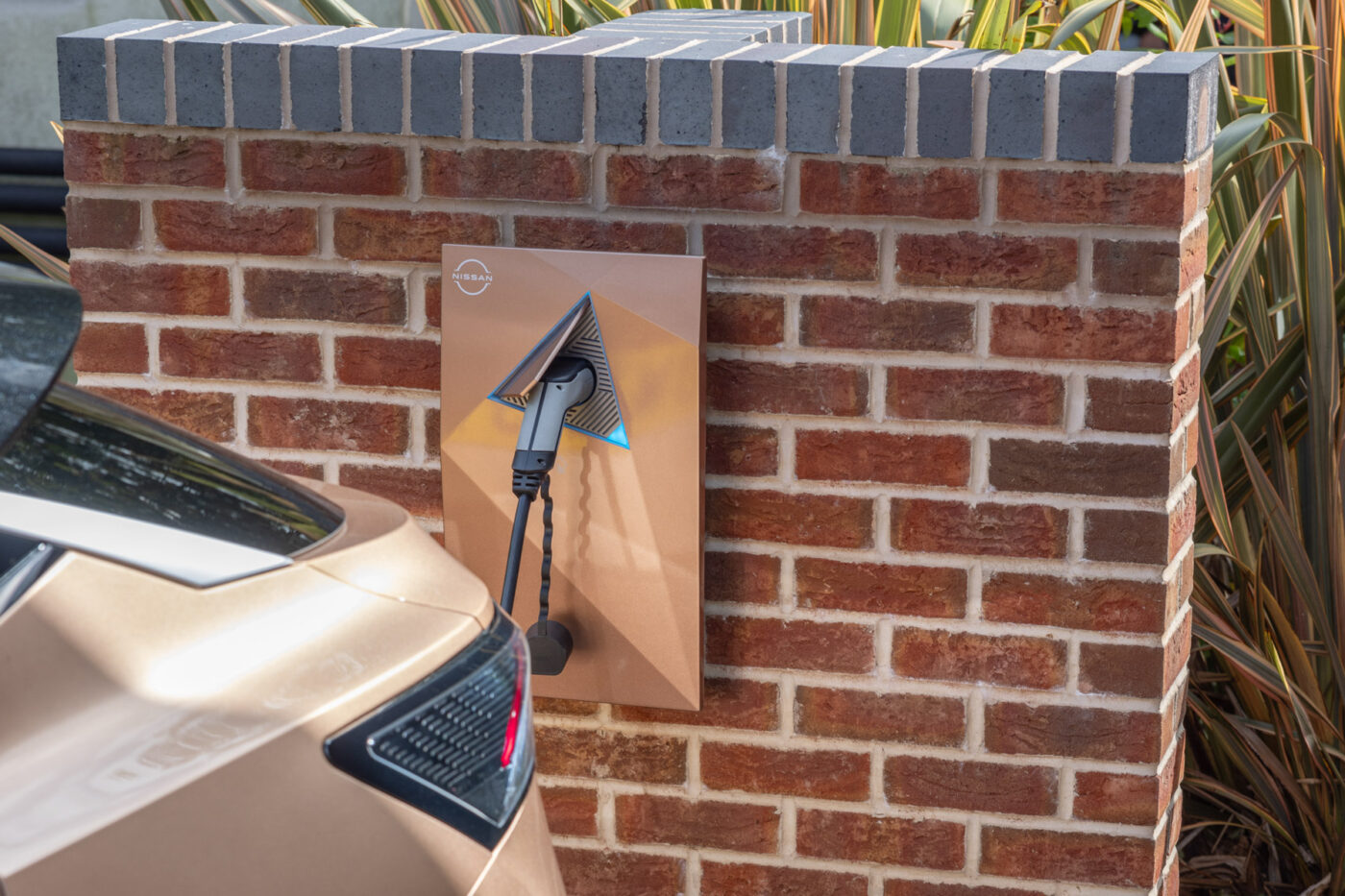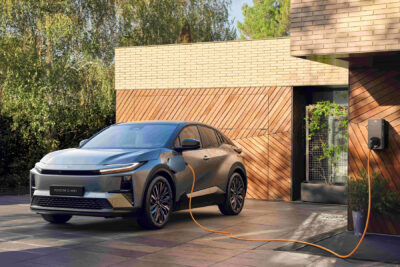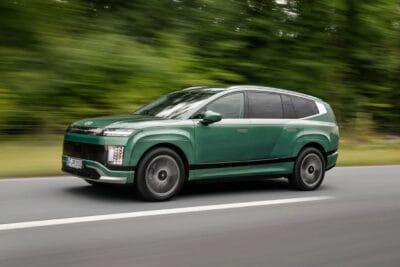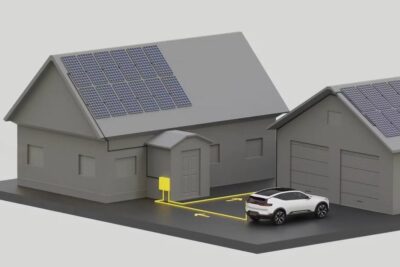Nissan announces bidirectional onboard charger for 2026
When it comes to bidirectional charging, there has always been one technical question: AC or DC? An AC solution has the advantage that the electric car can supply electricity directly to the grid without an external inverter. However, if the bidirectional charging vehicle is more likely to be used at home, a direct current solution would be better: the vehicle battery, the home storage unit and the PV system on the roof all work with direct current. Switching to alternating current just for the transfer would mean unnecessary conversion processes and losses. On the other hand, a bidirectional DC solution would depend on an external inverter if other consumers also use the electricity from the vehicle battery in the home or the grid. However, as Nissan explicitly aims for vehicle-to-grid (V2G) use, its focus on alternating current is an obvious choice.
As the Japanese company has announced, it has become the first car brand to receive the necessary grid certification in the UK. It intends to offer a corresponding solution in its vehicles there from 2026. Expansion to other markets in Europe is planned. “Under the banner of Nissan Energy, the company’s aim is to roll-out V2G technology in the UK first, followed by other markets in Europe, empowering consumers with either AC or DC-based V2G solutions, in alignment with local infrastructure and regulatory requirements,” the press release states. However, Nissan does not specify what the DC solution will look like.
It is an AC solution in the UK: following a one-year trial in Nottingham, Nissan has received the “G99 Grid code certification” awarded by TÜV Rheinland, which is required to feed electricity into the UK’s public grid. However, details of the new onboard charger or the services that Nissan offers for bidirectional charging in the UK are not yet known. It is only generally stated that the project is “underpinned by Nissan’s extensive experience in V2G” – the Japanese company has implemented around 40 V2G projects over the past ten years worldwide.
One thing is clear: the onboard solution installed in the vehicle lowers the entry costs. Specifically, the company aims for “a price comparable to a mono-directional charger available today.” That way, Nissan wants to lower the entry barrier to using V2G and make the technology more accessible to more people. However, the system currently only works in combination with a special wallbox developed by Enovates, as the carmaker specifies in the German press release. There is no mention of this in the English language version. “The wallbox acts as the hub of the system: it sends and receives information about energy demand and energy supply from the Dreev cloud and instructs the electric car to charge or supply energy to the home or public grid,” Nissan writes. The cost of this wallbox is not mentioned.
By using Nissan’s integrated bidirectional V2G technology, customers can reduce their annual electricity costs incurred with an electric car by up to 50 per cent – Nissan bases this claim on a simulation based on a typical electricity bill of British customers of cooperation partner EDF Dreev. The net CO2 emissions generated by charging in an average UK household are also expected to be reduced by up to thirty per cent per year per electric vehicle.
The V2G pilot project in the UK was partly funded by the UK Government’s Advanced Propulsion Centre (APC). Nissan has also worked with various partners, including Dreev and Enovates. Dreev, a joint venture between EDF and NUVVEF, was responsible for collecting data, creating customer profiles and defining a charging/discharging plan based on analysing the wallbox data. Enovates, a Belgium-based mobility technology company, developed the wallbox and the Electric Vehicle Supply Equipment (EVSE), including the corresponding setup and test certification.
nissannews.com, germany.nissannews.com (German version)





0 Comments